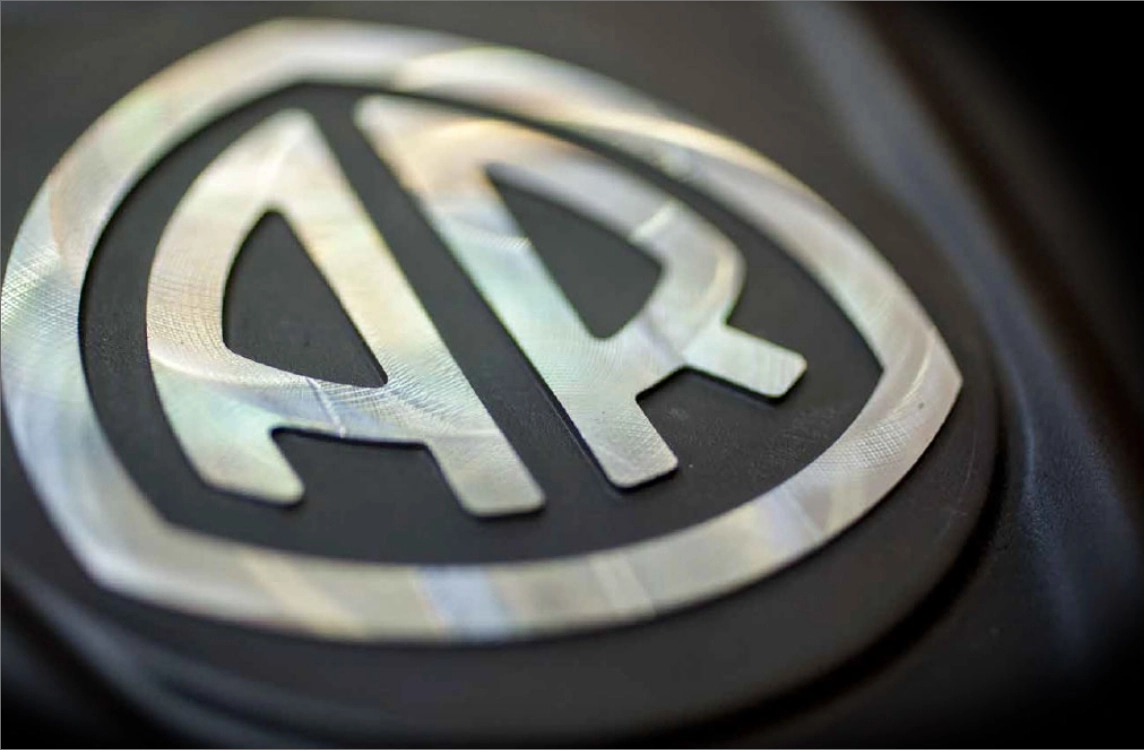
Trigger High Pressure Spray Gun
 The trigger high pressure spray gun is one of the two main components of the most common safety system for high pressure cleaning equipment. The other is the unloader.
The trigger high pressure spray gun is one of the two main components of the most common safety system for high pressure cleaning equipment. The other is the unloader.
Essentially, depressing the trigger allows water to flow out of the system through the nozzle under pressure while releasing the trigger diverts water flow back to the pump. The pump, however, continues to run. The gun, with the unloader valve, forms a valve system which gives the operator immediate control of water flow or, in some types of systems, pressure. Water flow can be turned on or off by depressing or releasing the trigger, or in “dump gun” systems, system pressure can be drastically reduced to safe levels.
How the Gun Works
Guns are fairly simple mechanisms designed around a trigger-operated valve. Generally a ball valve is used in trigger guns but piston valve may be used in a dump gun.
In one of the most common configurations for a trigger gun, the valve ball is held in a closed or forward position by the flow of water and blocks the flow of water through the gun to the nozzle. When the trigger is depressed it pushes a pin against the ball, forcing the ball out of its seating and opening a path for water to flow to the nozzle. When the trigger is released again a spring returns the ball to its seating and the flow is again blocked.
Flow blockage actuates the unloader on the outlet or high side of the pump and water is diverted back to the pump’s inlet or low side, reducing pressure at the gun.
Using the Gun Avoids a Walk to the Switch
In most pressure cleaning equipment, the pump motor is turned on and off at the machine. The operator, however, may be cleaning as far as 50 feet away. When he wants to stop spraying water he needs a way to stop water flow without walking back to the machine to stop the motor or engine.
The trigger gun and unloader provide that kind of control literally at the operator’s fingertips. The valves in the trigger gun and unloader can be thought of as a pair of traffic cops, directing the “traffic flow” of water in the cleaning system.
The Dump Gun
A dump gun, on the other hand, avoids the pressure spike by simply rerouting the flow of water at the gun.
The dump gun design avoids the need for an unloader by simply diverting the flow around the pressure nozzle and to the atmosphere instead of back to the pump. In other words, it directs the flow of water to reduce pressure of the outflow rather than stopping it altogether. In some cases the flow is diverted to a tube surrounding a smaller tube the nozzle is mounted on.
Other dump guns use double-barreled wands. In superficial appearance the dump gun is very similar to the trigger gun used with an unloader.
Trigger Gun Types
There are two main types of trigger guns, flow-through where water passes all the way through the gun and the valve is above the trigger, and a front-fitted or front entry gun – designed so that the inlet and outlet fittings and valve are all forward of the trigger.
This design trades off increased operator fatigue – the weight and the front of the gun throws it off balance – for the potential for handling higher temperatures because the water never passes through the handle. Guns come in a wide range of flow, pressure and temperature ratings. A fairly standard heavy duty gun design will generally be rated for 3,000+ psi at 300 degrees Fahrenheit and a 10 gpm flow.